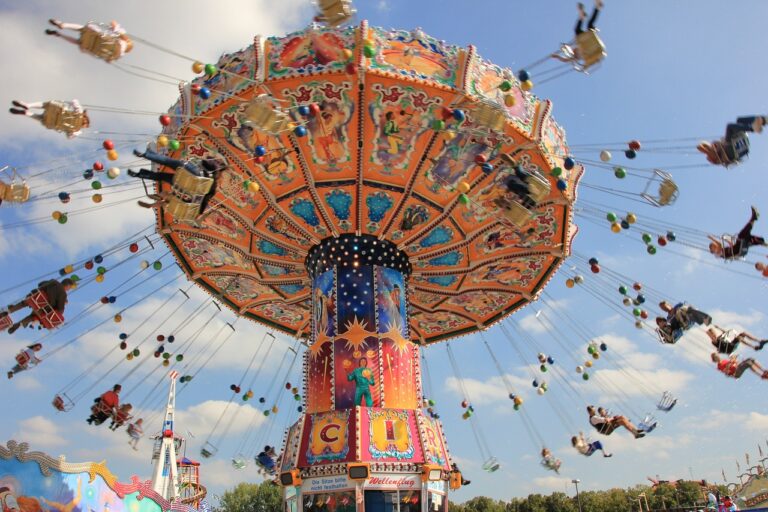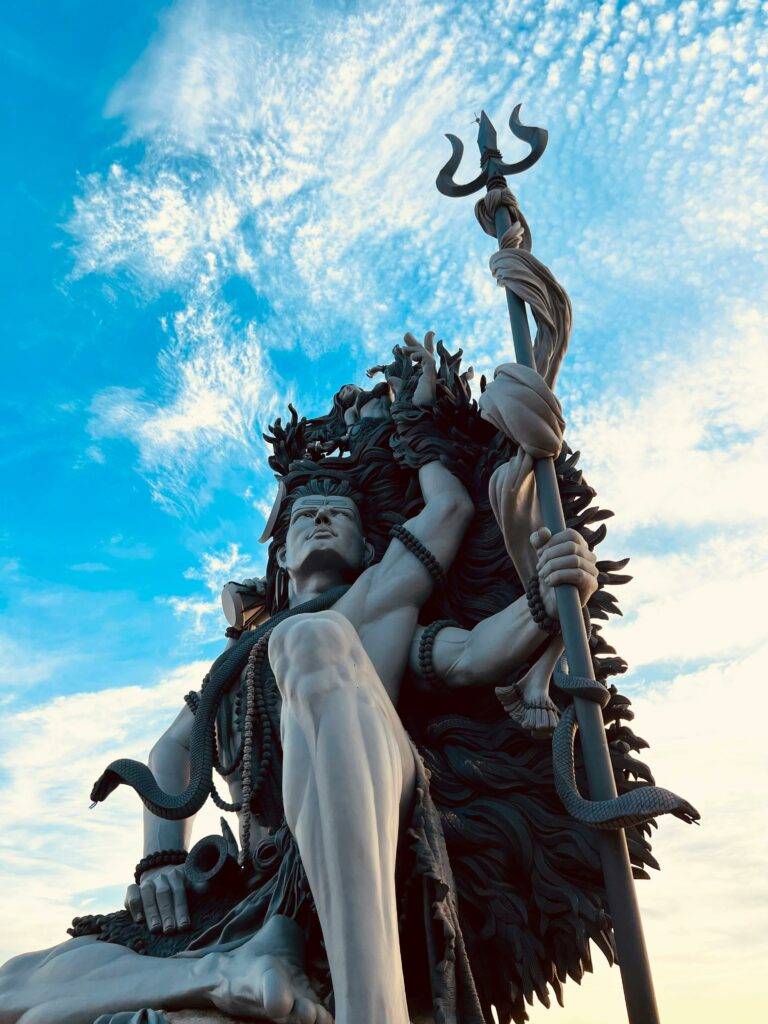The Influence of Art Deco Design in Film and TV Production
Art Deco emerged in the early 20th century, originating in France before spreading globally as a prominent design style. It reached its peak in the 1920s and 1930s, becoming synonymous with luxury, modernity, and glamour. The term “Art Deco” is derived from the 1925 Exposition Internationale des Arts D飯ratifs et Industriels Modernes held in Paris, where the style was first showcased to the world.
Characterized by geometric shapes, bold colors, and lavish ornamentation, Art Deco design drew inspiration from various artistic movements, such as Cubism, Bauhaus, and Futurism. It symbolized a break from the past, embracing technological advancements and urban dynamism. The sleek lines and streamlined forms of Art Deco reflected the optimism and energy of the Jazz Age, making it a popular choice for architecture, interior design, fashion, and the decorative arts.
The Rise of Art Deco in Film and TV Production
Art Deco design has experienced a resurgence in popularity within the realm of film and TV production in recent years. Directors and set designers are drawn to the sleek lines, geometric shapes, and bold colors characteristic of Art Deco, as they add a touch of glamour and sophistication to on-screen visuals. This design aesthetic is especially suited for period pieces set in the 1920s and 1930s, as it encapsulates the opulence and modernity of that era.
The use of Art Deco elements in film and TV production extends beyond set design, influencing costume choices, cinematography, and overall styling. From grand ballrooms to chic penthouses, Art Deco serves as a visual language that conveys a sense of luxury and elegance. This design style also allows for a seamless blend of nostalgia with a contemporary twist, creating a visually striking and immersive viewing experience for audiences.
The resurgence of Art Deco design in film and TV production has added glamour and sophistication to on-screen visuals
Art Deco is especially popular for period pieces set in the 1920s and 1930s, capturing the opulence and modernity of that era
Beyond set design, Art Deco influences costume choices, cinematography, and overall styling in productions
From grand ballrooms to chic penthouses, Art Deco conveys luxury and elegance on screen
The blend of nostalgia with a contemporary twist creates visually striking and immersive viewing experiences for audiences
Key Characteristics of Art Deco Design
Characterized by geometric shapes, bold colors, and lavish ornamentation, Art Deco design emerged in the 1920s and 1930s as a luxurious and glamorous style that reflected the optimism of the modern age. One of the key features of Art Deco is the use of sleek, streamlined forms that evoke the speed and dynamism of modern technology and transportation, such as airplanes and ocean liners. This emphasis on speed and movement is often seen in the design of furniture, architecture, and decorative arts from this period.
Another defining characteristic of Art Deco design is the incorporation of exotic materials and motifs inspired by ancient civilizations, such as Egyptian, Aztec, and African influences. These cultural references added a sense of mystery and sophistication to Art Deco creations, making them both visually striking and culturally resonant. The use of luxurious materials like chrome, glass, and mirror also contributed to the opulence and elegance associated with Art Deco design, creating a sense of drama and allure that captivated audiences during its heyday.
What is Art Deco design?
Art Deco design is a style that originated in the 1920s and 1930s, characterized by geometric shapes, bold colors, and a sense of luxury and glamour.
What are some common characteristics of Art Deco design?
Some key characteristics of Art Deco design include geometric shapes, symmetry, streamlined forms, bold colors, and the use of materials like chrome, glass, and mirrors.
How did Art Deco influence film and TV production?
Art Deco design became popular in film and TV production during the 1920s and 1930s, with sets and costumes reflecting the sleek and modern aesthetic of the era.
Is Art Deco design still relevant today?
Yes, Art Deco design continues to be a popular style in architecture, interior design, and fashion, with many people drawn to its timeless elegance and sophistication.






